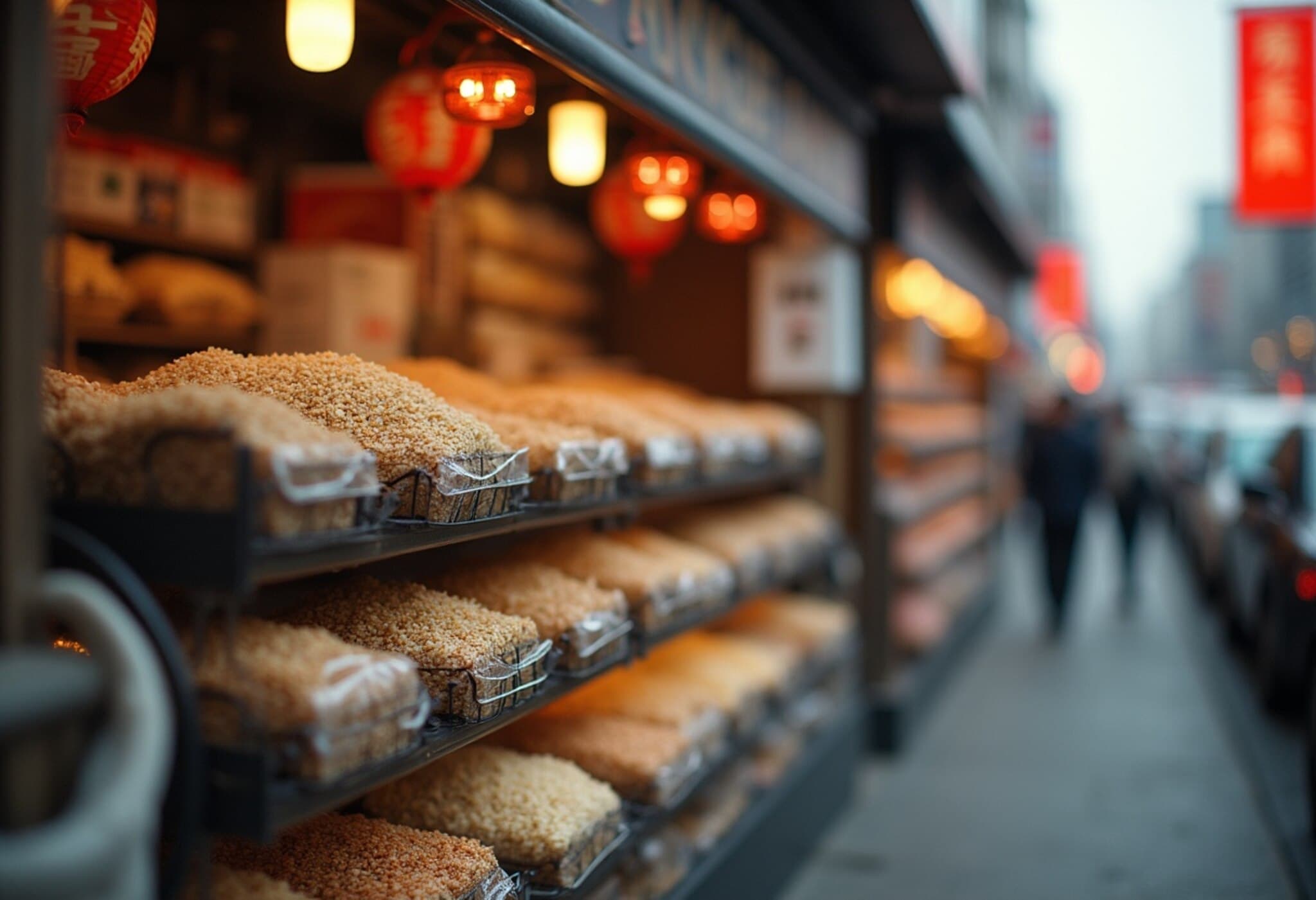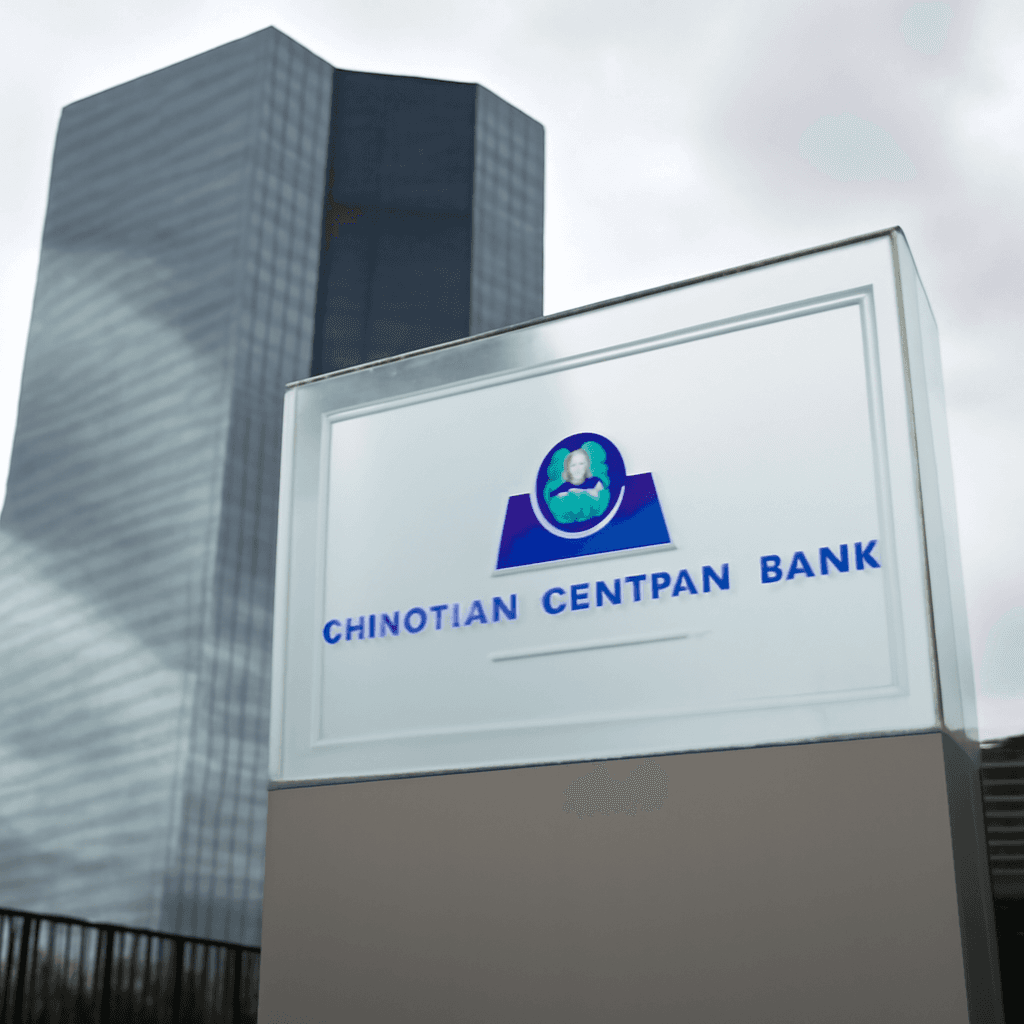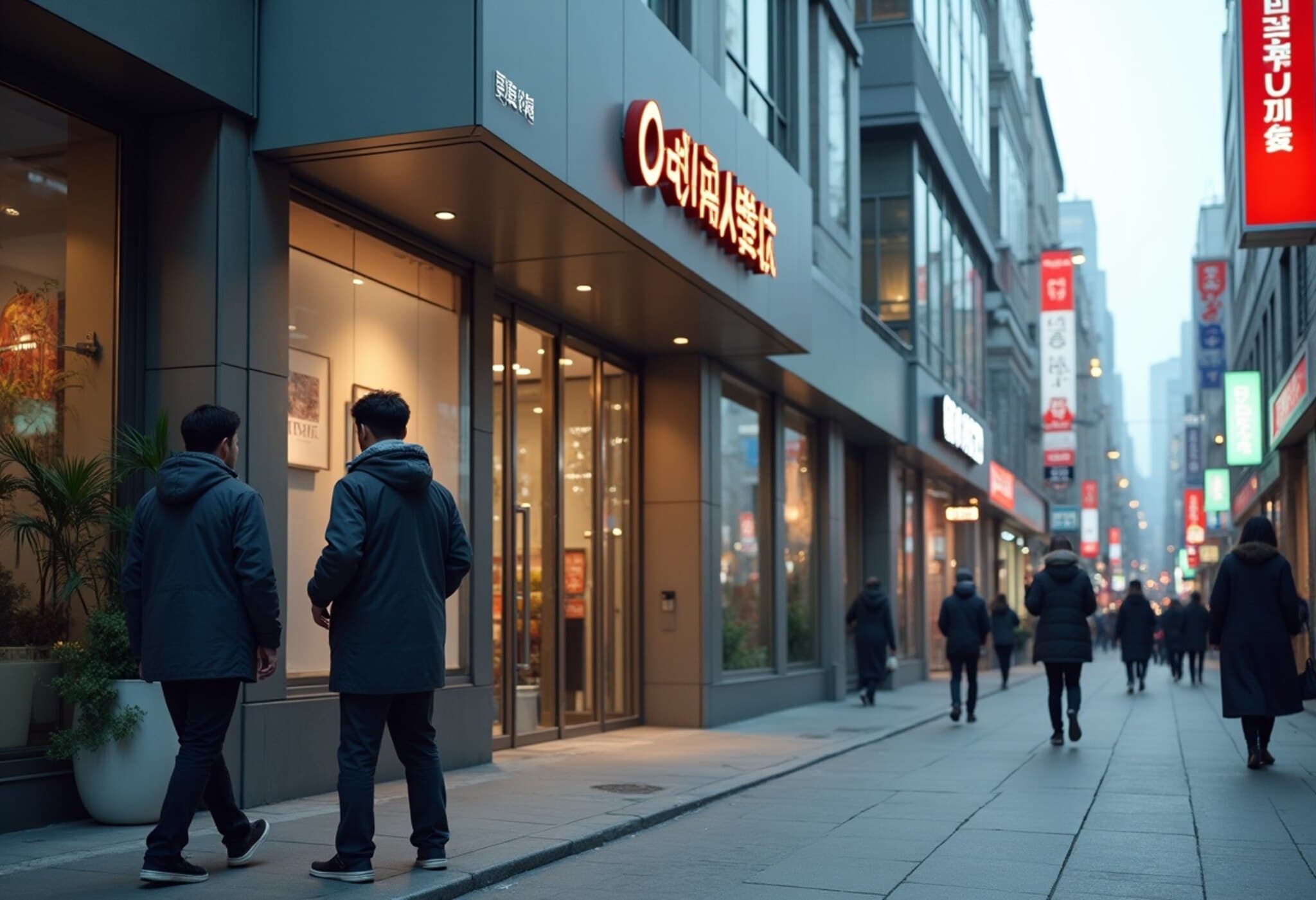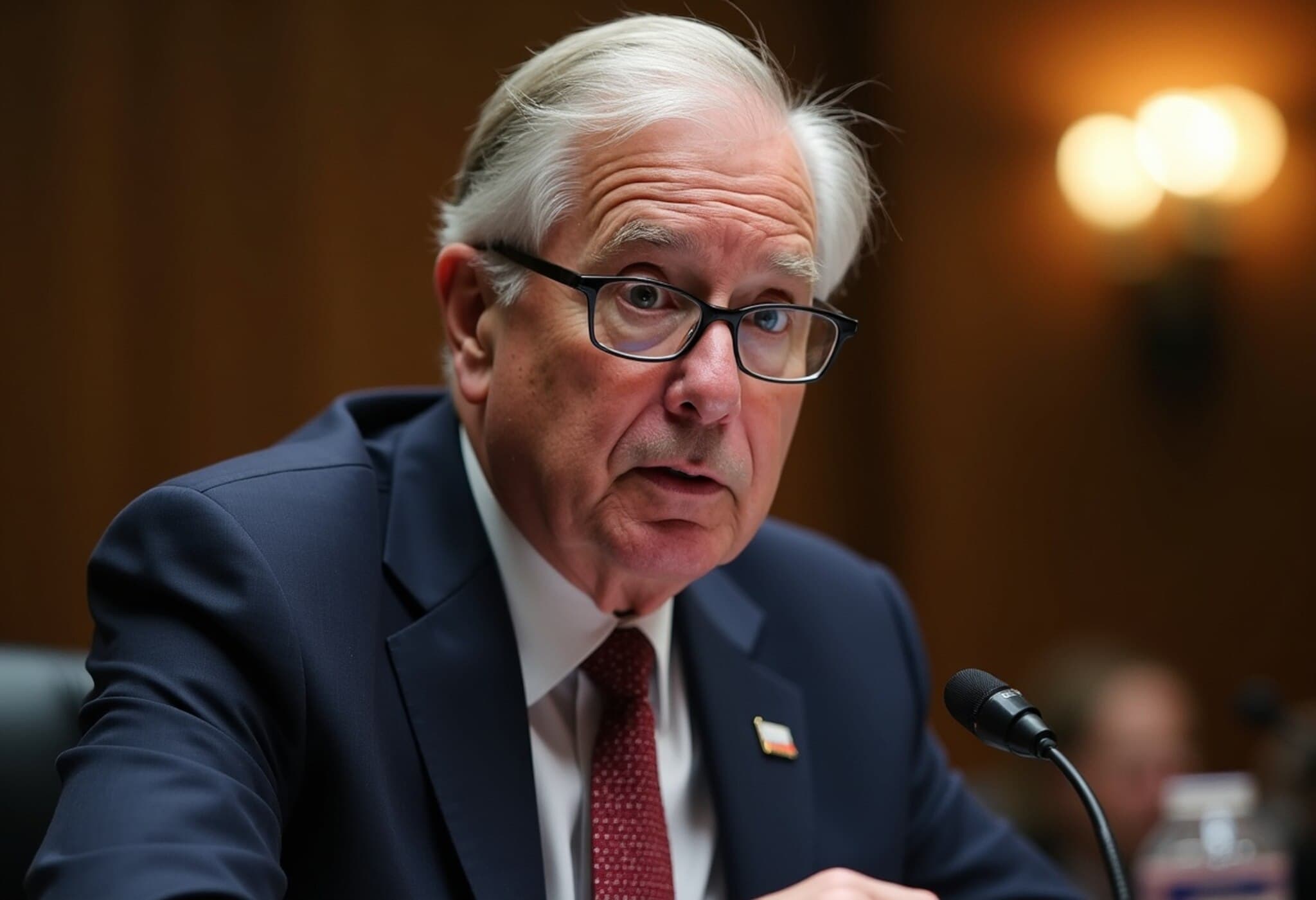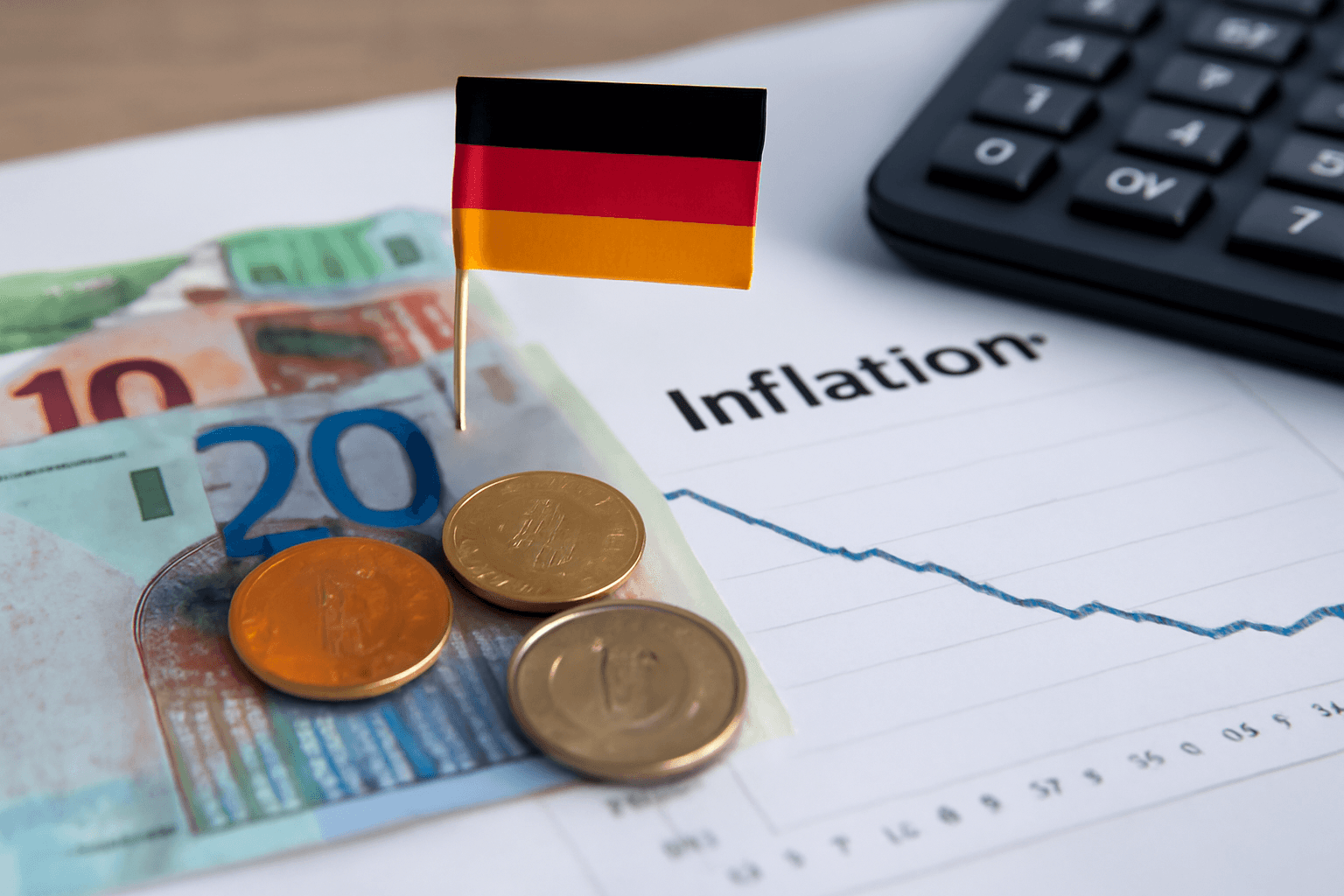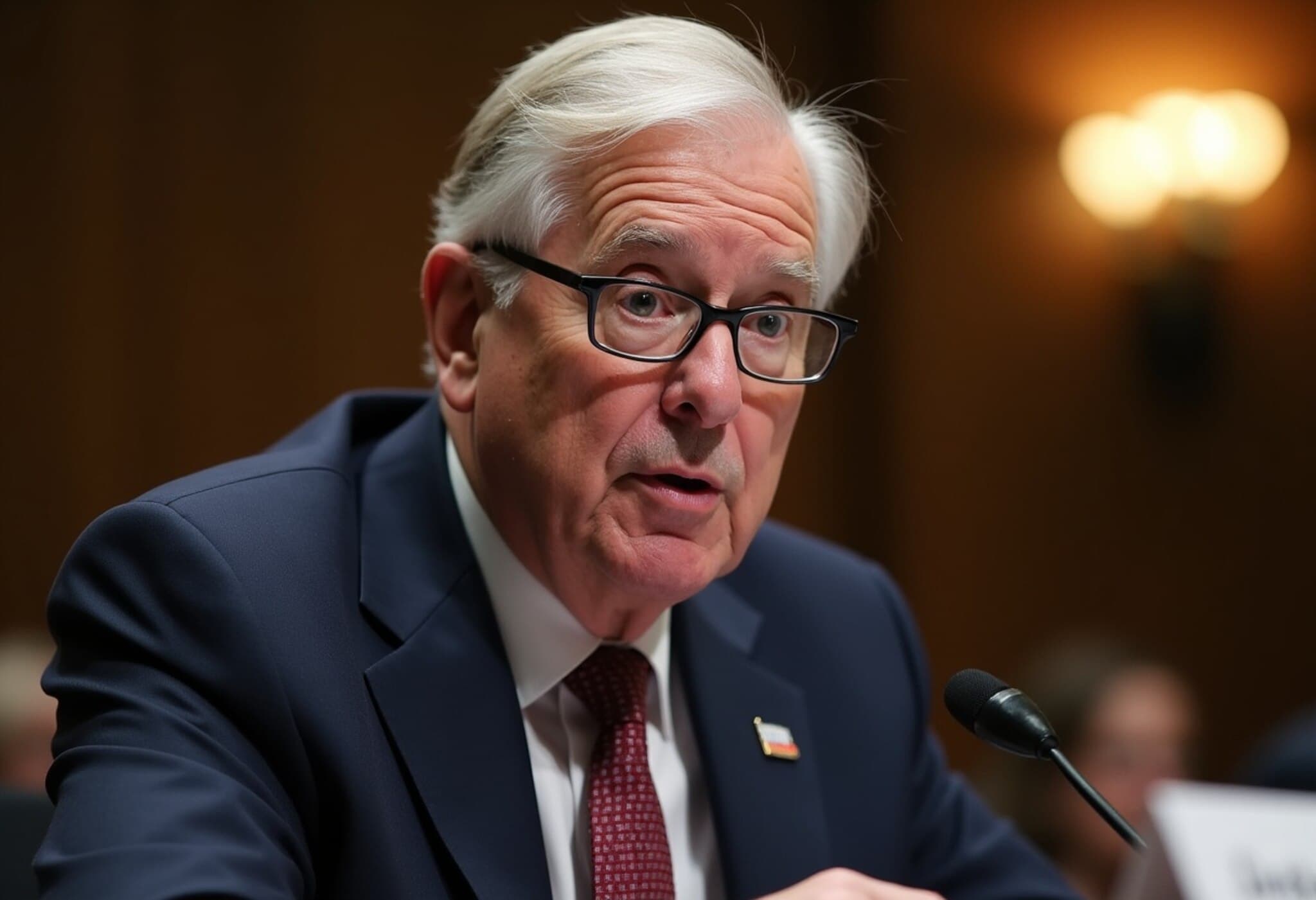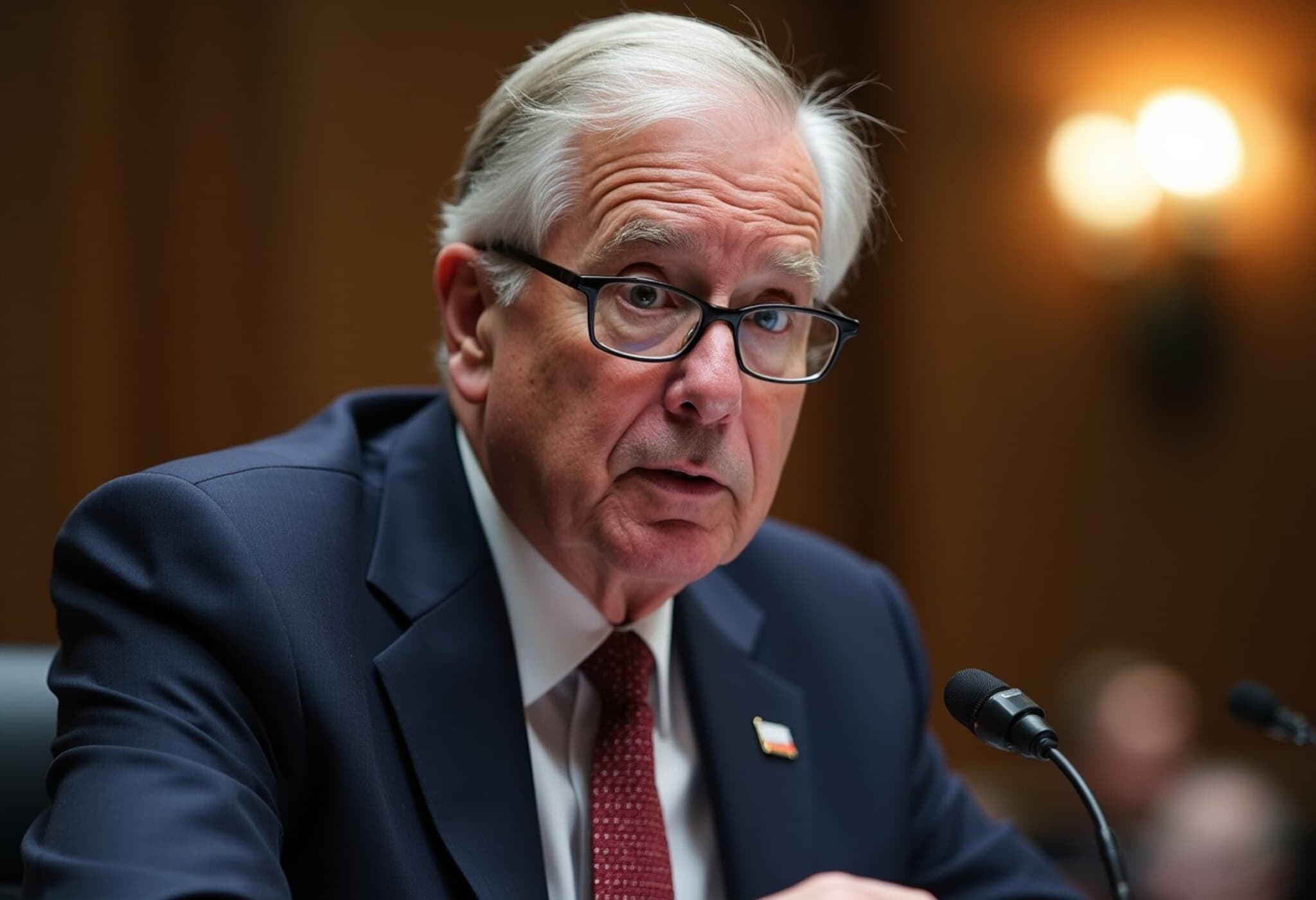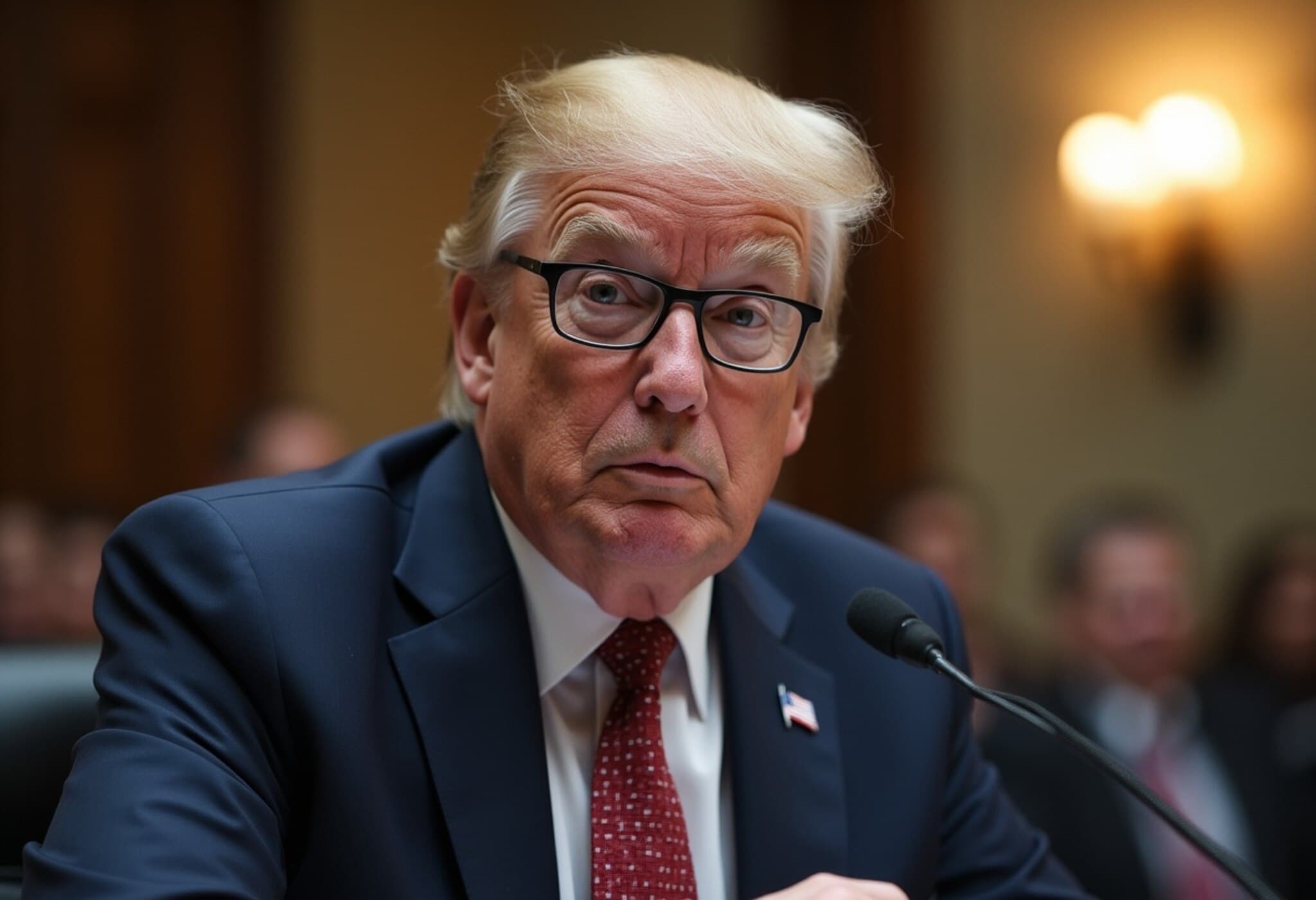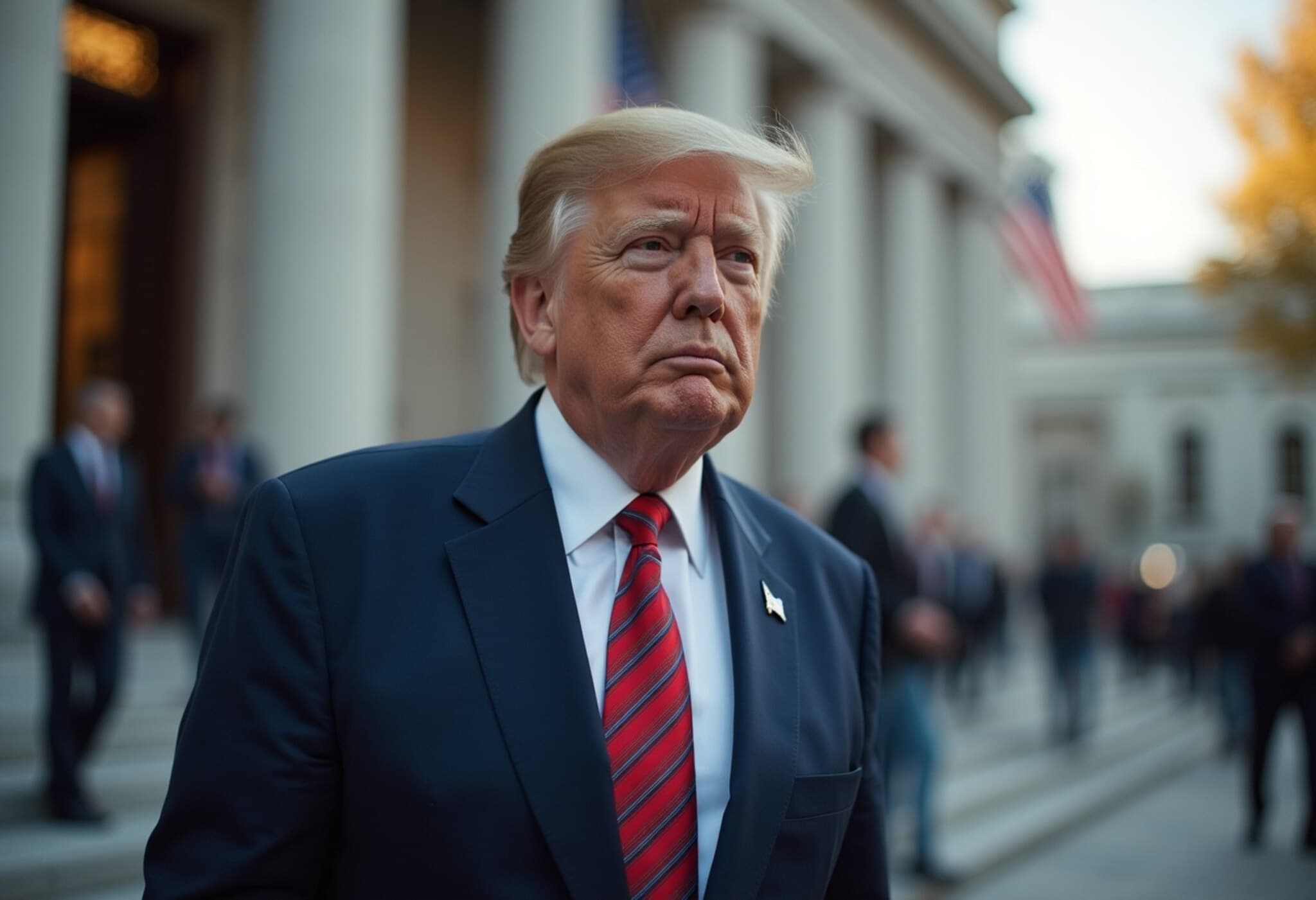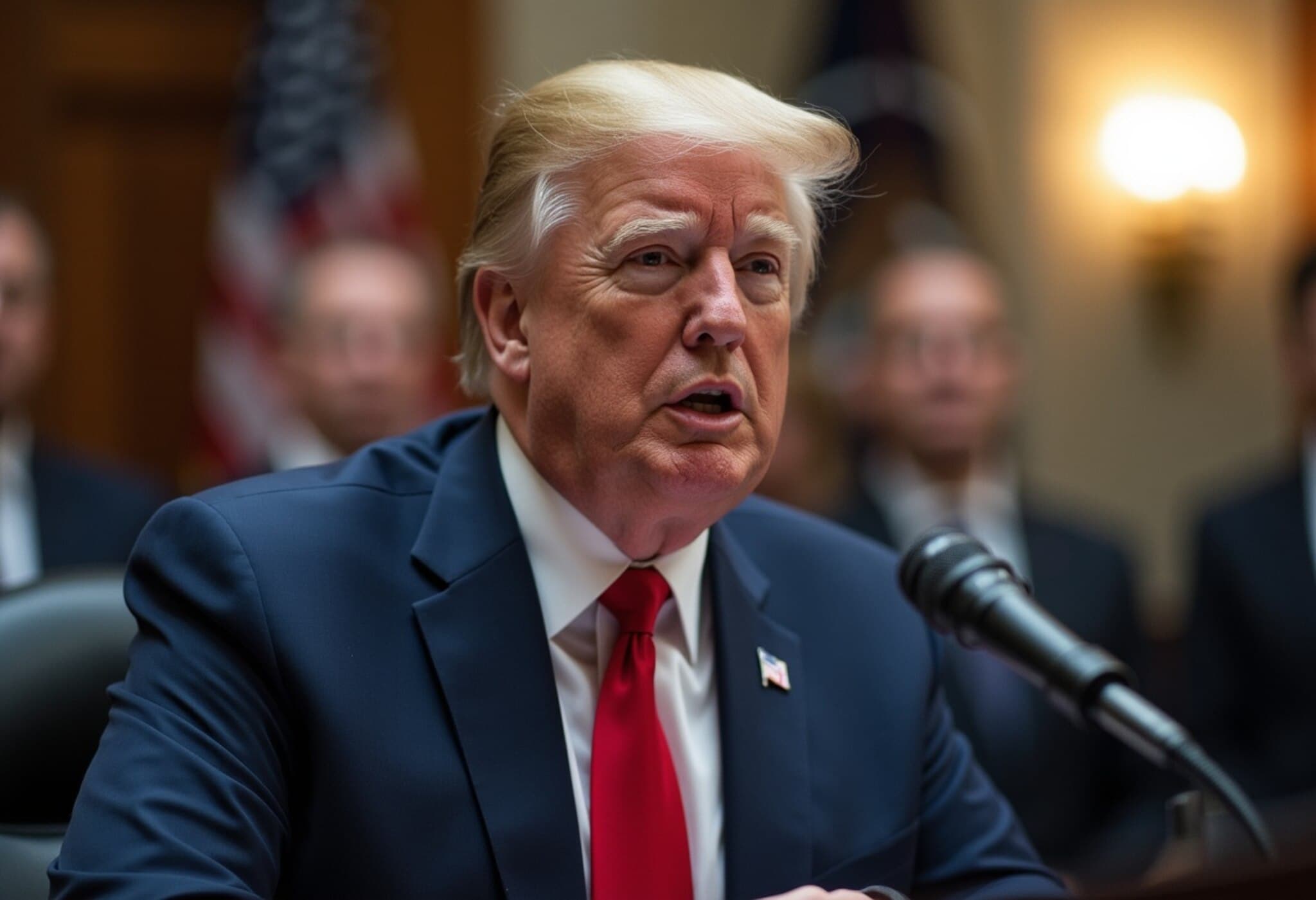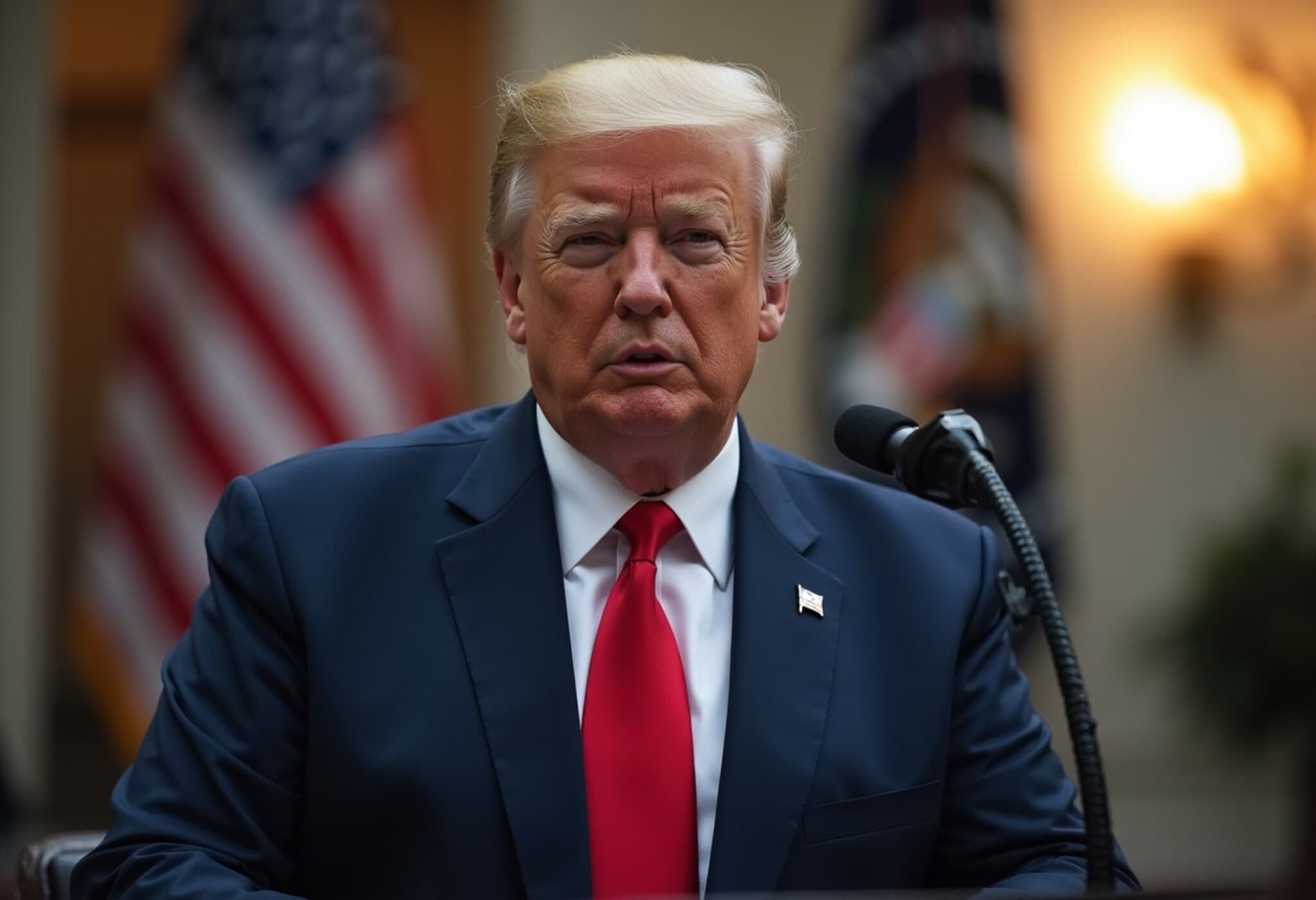Japan’s Inflation Above Target for Over Three Years: What’s Holding the BOJ Back?
While central banks worldwide have aggressively hiked interest rates to tame soaring inflation since the Covid-19 pandemic, the Bank of Japan (BOJ) stands out as a notable exception. Despite inflation consistently exceeding its 2% target since April 2022 and hitting a two-year peak of 4% in January 2025, the BOJ has maintained a cautious approach.
Inflation Driven by Food Prices, Especially Rice
The main culprit behind Japan’s inflation surge has been rising food prices, with rice taking center stage. Rice prices have spiked sharply since the latter half of 2024, accelerating into 2025 due to poor harvests over two consecutive years. In May 2025, rice prices skyrocketed by 101.7%, marking the steepest increase in over 50 years.
This surge profoundly influences Japan’s core inflation, given that rice accounts for approximately half of it. Consequently, future inflation trends hinge heavily on the trajectory of food costs.
BOJ Sees Inflation Spike as Temporary
Despite these headline figures, the BOJ remains unmoved on its policy rate, currently at 0.5%. The central bank considers the inflationary pressures largely transitory. Governor Kazuo Ueda highlighted that current inflation near 3% stems mainly from rising import and rice prices, which they expect to subside.
Moreover, the BOJ places greater emphasis on “underlying inflation,” which excludes volatile components like food and energy—and this metric remains below the 2% target.
Experts echo this viewpoint, noting that the food price spike is a classic case of cost-push inflation, driven by supply disruptions rather than robust demand. As such, raising interest rates may have limited efficacy in curbing inflation under these circumstances.
Balancing Growth Concerns with Inflation Control
Another critical factor restraining the BOJ is the fragile state of Japan’s economic growth. Rate hikes typically slow inflation by cooling demand but can also dampen growth—something policymakers are keen to avoid amid uncertain conditions.
Political uncertainty looms with an upcoming Upper House election, alongside trade tensions with key partners like the United States. Higher tariffs and unresolved negotiations threaten to weigh on exports and economic performance. In fact, Japan’s exports declined by 1.7% year-on-year in May 2025, their sharpest drop since late 2024, while GDP contracted by 0.2% in the first quarter.
These headwinds caution the BOJ to maintain its accommodative stance, at least until greater clarity emerges.
Lessons from the Past: A Cautious Approach
Decades of deflationary struggles have made the BOJ wary of rushing into tightening. Previous premature rate hikes backfired, so the central bank is treading carefully, slowly moving towards normalization.
This gradualism also reflects that much of the inflation spike is linked to the sharp depreciation of the yen — which hit a 38-year low in mid-2024 — rather than sustained wage growth or demand pressures.
Nevertheless, some BOJ officials warn that should inflation risks escalate, decisive rate hikes might become necessary to anchor expectations.
The Road Ahead: Walking a Tightrope
The BOJ faces a challenging balancing act: tightening policy fast enough to avoid unchecked inflation expectations, yet not so abruptly as to plunge the economy back into deflation. Given the complicated mix of supply-driven inflation, economic fragility, and geopolitical uncertainty, the bank’s cautious pace seems deliberate.
In the months ahead, how food prices, trade talks, and political developments unfold will be crucial in shaping Japan’s monetary policy trajectory and inflation outlook.

